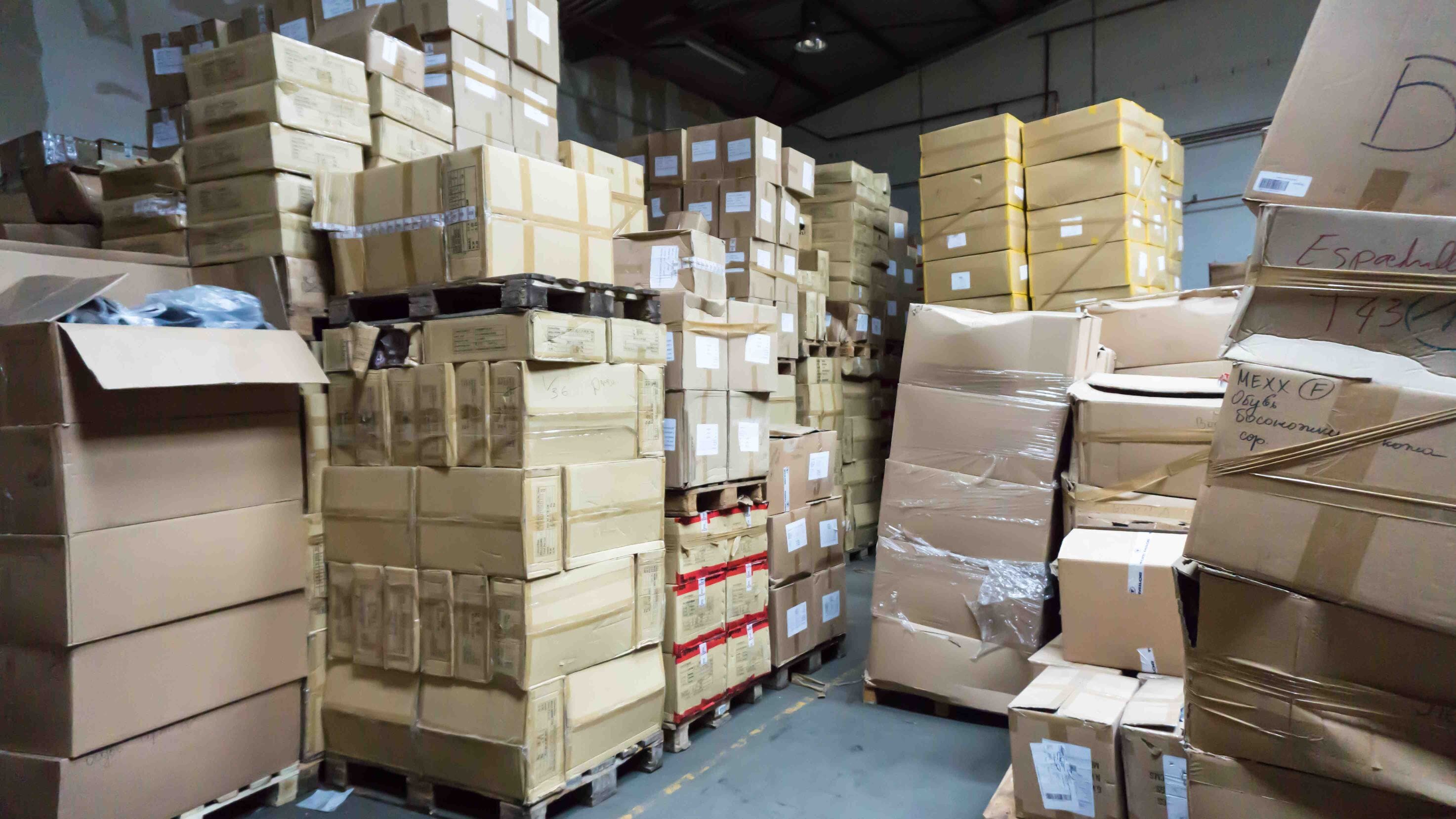There was a time when you could go to the darkest corner of most warehouses and find a bone pile of wrapped pallets of returns.
Returns were the inconvenient afterthought of supply chains and the chore that was left until the pile could no longer be ignored. Along with the task of sorting through the jumble of irregular packaging came the inevitable difficult conversation with the finance director to write off products that were no longer of value. Product cleared, sent for destruction, and the problem could be ignored until the returns once again took hold of valuable warehouse real estate (if you find yourself still in this category, there is a support group that we can introduce you to).

With the emergence of business-to-consumer sales, returns took on an important customer service function. Initially, the timely logging of returns was seen simply as critical to processing consumer credits, but soon companies realised that an effective returns policy was key to promoting sales in an online world. With online return rates of up to 30% for fashion categories, having an effective returns process from the consumer through returns receipt, inspection, disposition, restocking or value recovery became a critical competence for successful companies.
As focus shifts from a linear to a circular economy, returns are about to take another step function change in importance in our supply chains. Designing products to be returned and reused will also require designing supply chains that can manage returns at scale.
Regardless of the returns purpose, some of the key considerations for managing your returns process include:
- Clear policy and communication to customers: Provide clarity to customers on how they can register returns, the returns channels available to them and how to print return labels identifying the product and reason for return
- Design an appropriate returns network: Consider returns volumes and locations to determine the appropriate network of returns locations, drop-off points, consolidation points, and logistics services
- Consider international trade restrictions: For international returns export paperwork and customs, declarations may be required including commodity codes and valuations. There are also legal anti-dumping restrictions in many countries that may require special licenses to import returned goods.
- Catalogue and identify what has been returned: A key challenge in any returns process is to identify with certainty what has actually been returned. This involves the inspection and cataloguing of returns vs expectations, noting condition and items such as accessories at the point of receipt. Evidence of exceptions should be captured and proactively communicated to customers.
- Pay particular attention to data: Products containing data are likely to require secure data wipe unless they are being returned for same unit repair
- Create clarity on disposition rules: The key to any successful returns process is a well thought through disposition process. Determining the disposition based on product recovery value, component, or raw material content allows the immediate processing and segregation of returns. This avoids the traditional ‘bone pile’, and as returns rarely increase in value over time, it also tends to improve their value recovery.
Whether you are considering a move towards a true circular economy business model or are just trying to move returns from being the ‘problem child’ in the warehouse, there is significant value to be gained from restructuring your returns process.
Contact us if you would like to discuss how to increase the recovery from your returns.
Supply Chain Enabled
